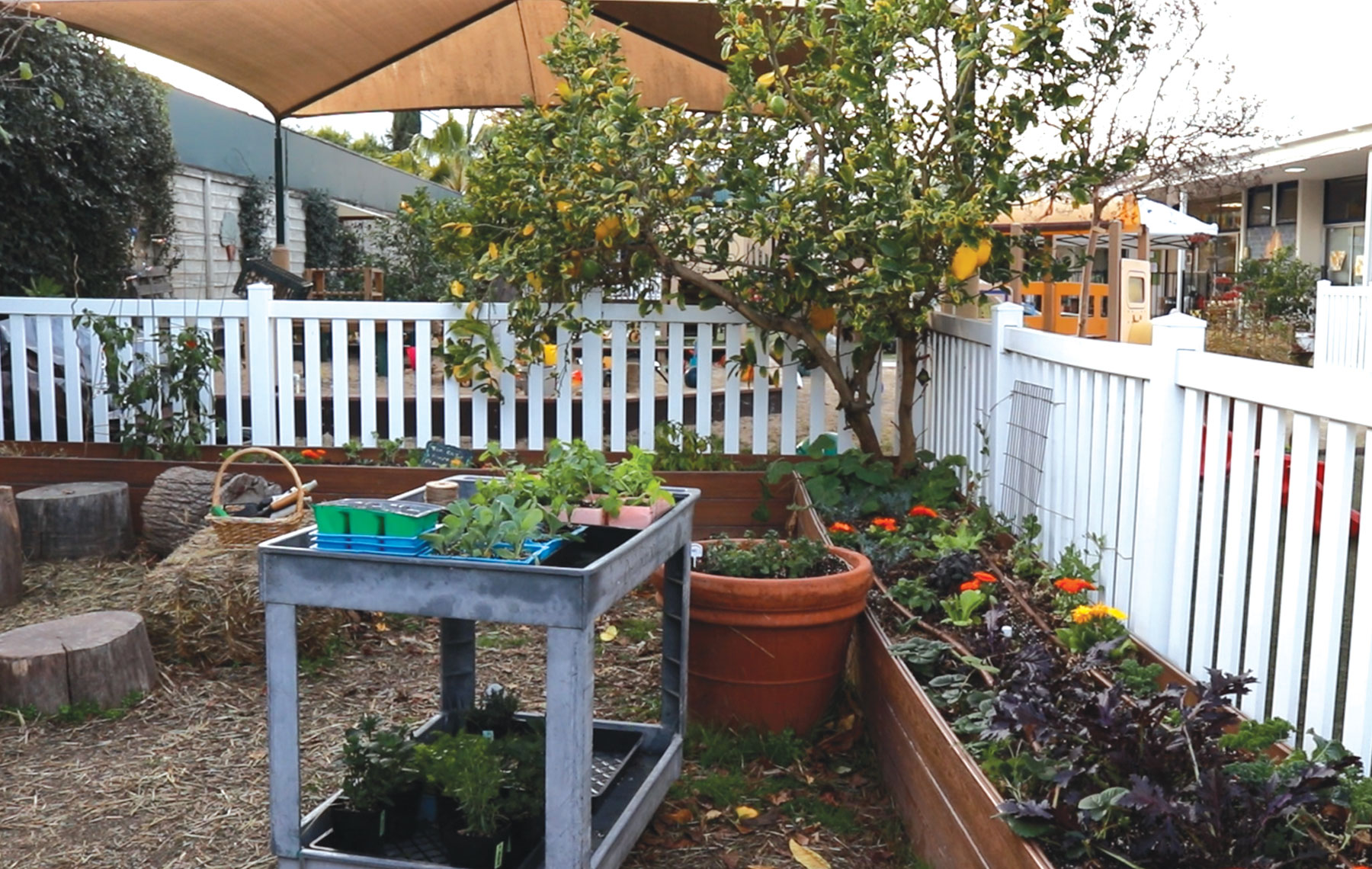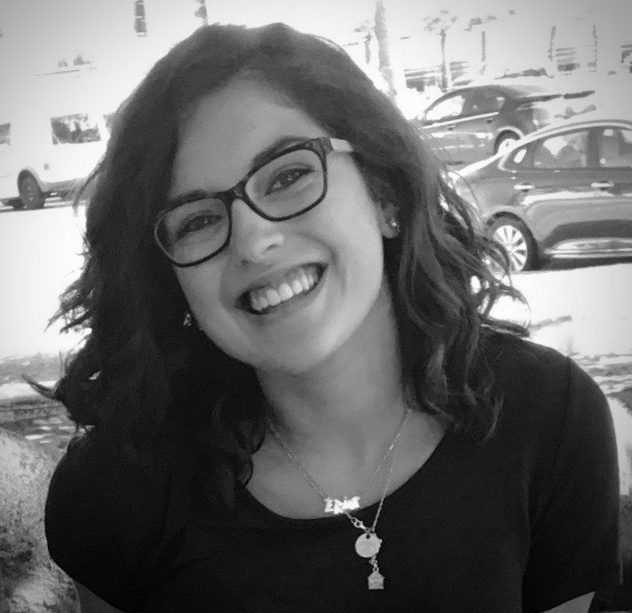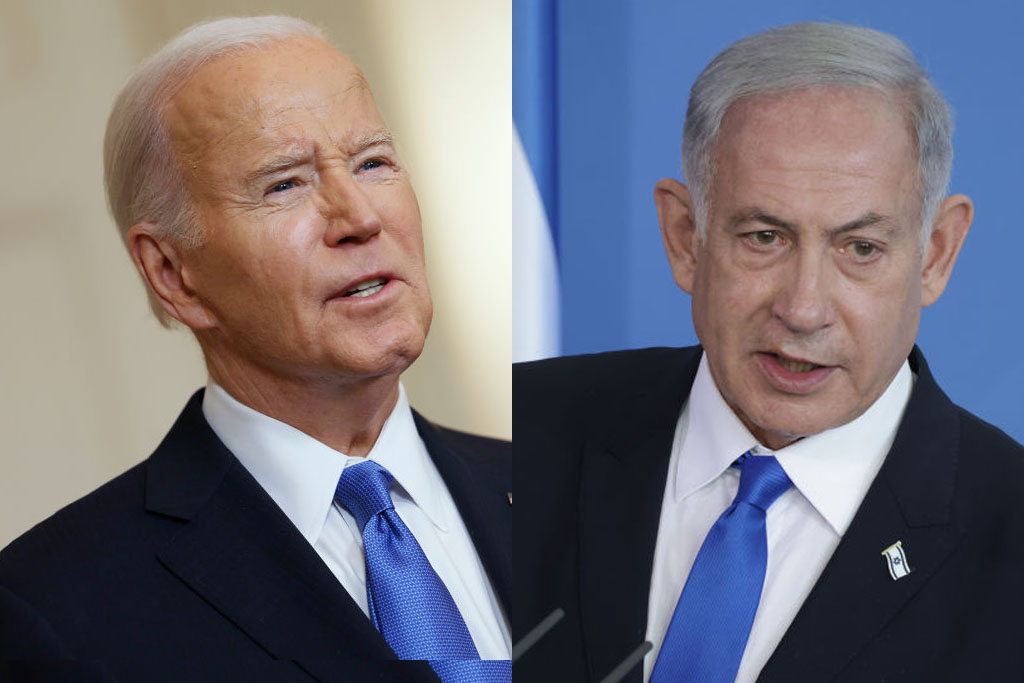
Tu B’Shevat may be right around the corner, but for Adat Ari El synagogue in Valley Village, every day is Tu B’Shevat.
Over the past six months, the synagogue has focused on environmental initiatives. In addition to the solar panels placed on top of the campus buildings, the synagogue has mulched its entire 6 acres to preserve water, created two large food gardens, added a chicken coop, sprinkled various herbs, garden beds, bushes and trees around the day schools, and is in the midst of building a Jewish honeybee “hotel,” so the synagogue can produce honey and teach families and students about bee preservation.
At the forefront of this new initiative is Devorah Brous, an environmental educator for more than 20 years. After spreading her knowledge in Israel for almost 15 years and forming various nonprofits to help plant fruit trees, she decided to return to Los Angeles to help her community connect to the earth in a hands-on way. She eventually found an intersection between food and faith with Adat Ari El by launching Green Adat.
“This program has different focus areas,” Brous told the Journal during a tour of Adat Ari El’s gardens. “Food, waste and landscape. We’ve galvanized the community here around connecting values of environmental stewardship to Jewish teachings like shomrei adamah (guarding the land). What we are trying to do here is have them live in the landscape to bring that connection between people and land.”
https://www.facebook.com/JewishJournal/videos/844509255995885/
The gardens are divided into sections: The biblical garden contains a variety of fruit trees including giant etrogs, rosemary bushes and pomegranate trees. The “food forest” garden, located in the middle of the Early Childhood Center, contains herbs, more etrogs, figs, olives and vegetables that have already been harvested and donated to members of the community and to food banks.
“I really love the way our Hebrew calendar reminds us that we are like the trees of the field,” Brous said. “A lot of the trees are sleeping; they look dead. So it calls on us to have this faith. You don’t have to cut that tree down that looks dead. You have to go outside with a sense of wonder and use that mindful observation. If we can infuse that into the holiday and create mindfulness, you can bring that into any classroom, synagogue and service. Then every service can become a spiritual and mindful place. By having faith, [the students see] that the tree will come back even though it looks dead.”
“It doesn’t matter how green the adults are if the kids are totally disinterested. Jewish environmental stewardship becomes real when the kids take it on and make it their own.” — Devorah Brous
The eco-educator added that anything is possible when it comes to being environmentally aware. She said it is the easiest way to get congregants and families engaged in Jewish life because they’re taking care of the earth and their spiritual home. “You just need the will,” she said. “People can actually feel the connection between these holidays and what they can do all year round.”
Brous also praised what she terms her “A-team” of students, board members, clergy and religious school teachers who want to see their second home be more eco-conscious. She revealed it was a group of fourth-graders who set things into motion when they started asking about the excess of plastic on the grounds.
“[The fourth-graders] organized and they presented a case to the board of directors at Adat, and it was received with such clarity,” Brous said. “It was such a compelling argument they made that we can do things differently.”
Following their meeting, trios of bins — for compost, recycling and trash — were placed all around the campus.
“It doesn’t matter how green the adults are if the kids are totally disinterested,” Brous said. “If the kids take this on and understand that their leadership can effect institutional change, absolutely anything is possible. Jewish environmental stewardship becomes real when the kids take it on and make it their own.”
She also noted that the Jewish people are deeply connected to trees, both metaphorically and physically, and no longer celebrate Tu B’Shevat the way they used to — and that’s a good thing.
“It used to be something that [captivated] the mystics and kabbalists,” she said. “Then it went to a more political place with the Jewish National Fund to plant as many trees as possible in Israel to reforest the land. Today, it’s become a way of engaging kids and families and elders, and our responsibility to take shomrei adamah to the landscape and come back from wherever you live to steward the land.”
In the upcoming week, Brous will be planting more trees with students, as well as overseeing a composting activity with the older students in which they will organize waste.
“I can only imagine where we will be one year from now at Adat Ari El with the kind of leadership that we’ve seen here and a community that just knows how to say ‘yes’ to this type of actualizing Jewish environmental values on the landscape,” Brous said. “It’s one thing to talk about it. It’s another to actually plant it and watch it grow to continue to cultivate over time. We want it to be a sustainable campus, and that’s a really exciting process to be a part of.”























 More news and opinions than at a Shabbat dinner, right in your inbox.
More news and opinions than at a Shabbat dinner, right in your inbox.